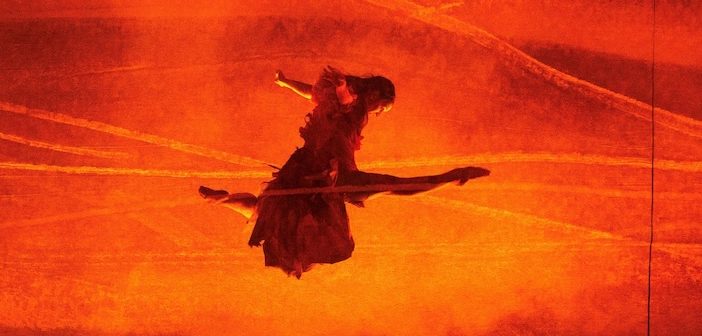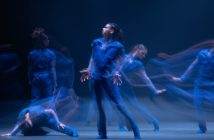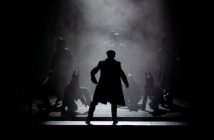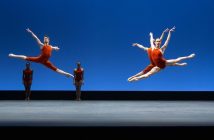Northern Ballet’s Jane Eyre has come at last to Sadler’s Wells. Created nine years ago by Cathy Marston, it was seen in Leeds and other venues in the North but the closest it came to central London before was Richmond. After positive reviews around the country, though, it has now been revived and is getting its central London premiere. And deservedly so.
It is rare nowadays to find a new proper story ballet. Even better, it’s a story you will surely know. This can lead to a certain amount of nit-picking if you pedantically search for missing or altered scenes (I always loved Mr Rochester dressing up as a fortune teller – surely a moment made for ballet?) but in two hours, something has to go and Marston has chosen to focus on a driven plot and mostly she succeeds.
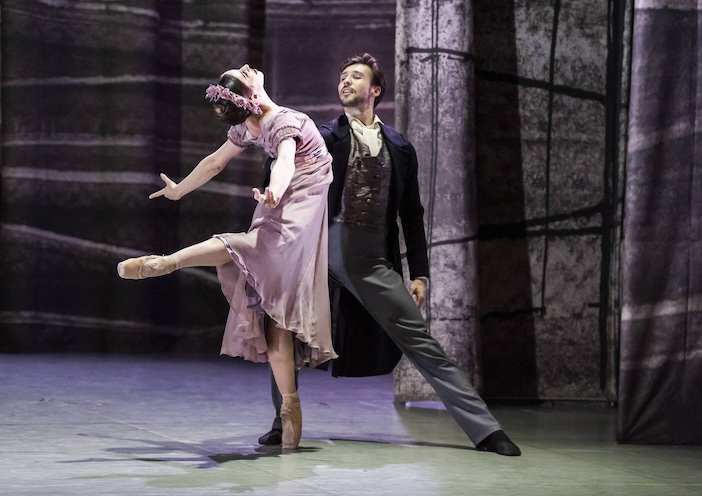
Alessandra Bramante and Joseph Taylor in Jane Eyre
The settings here are simple and scenes are divided by moors-painted curtains drawn across the stage and enclosing Jane into separate tight little worlds – the focus is always rightly on this very singular heroine, her travails and, above all, her character. Scenes are beautifully lit by Alastair West and the costumes (like the sets designed by Patrick Kinmonth) cleverly combine the dress of the period with those of romantic ballet. The music by Philip Feeney is particularly fine and combines his own compositions with music from the same era (Schubert, Fanny and Felix Mendelssohn) and the orchestra brings out every nuance under conductor Daniel Parkinson.
So, a quibble out of the way first. The group of six men in white, named the D-Men, have, it seems, puzzled audiences in the past (as a result, Marston explains her thinking about them in the programme). They sometimes play specific roles (servants, dancers at the ball) but mostly they are more nebulous, a device to represent the obstacles – most of them, of course, male – in Jane’s path. In the novel, Jane is very much alone (as are you, the reader, with her thoughts) so perhaps the D-Men are best seen as Jane’s demons that pursue her till – almost – the end.
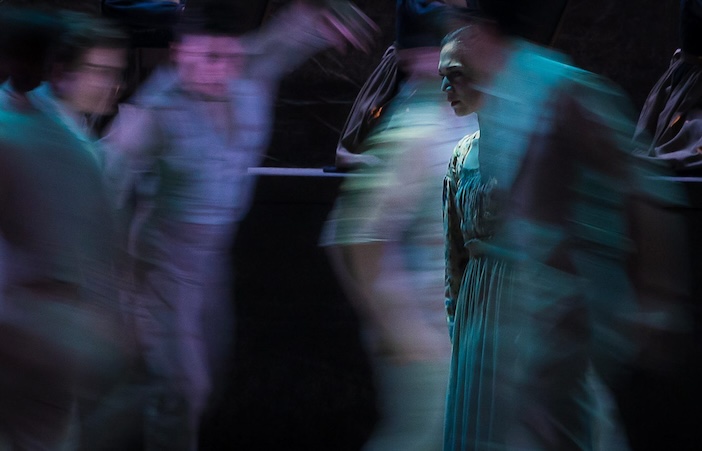
They appear, in fact, from the very start in the Prologue when Jane is seen running distraught across the moors after her catastrophic aborted wedding day. When she collapses, exhausted, she is discovered by St John who takes her home to his sisters to recover and from here she looks back on her story. So, the first Act of the ballet mostly features Young Jane, a suitably fierce, awkward and angry Rachael Gillespie who rails with clenched fists behind her back against her cruel Aunt Reed (a spiky en pointe Harriet Marden) and eventually fights with real fists against her horrid cousin John (Yu Wakizuka). In the novel, this leads to her night in the Red Room (another of those sadly missed scenes) and thence to her banishment at Lowood School.
The Lowood scenes are masterly – the girls reduced to abject automatons, an exercise in humiliation in which balletic steps look decidedly OCD. Against all these odds, though, there is another free spirit at Lowood, Helen (Saeka Shirai) who instructs Jane in piety and stoicism and then, of course, dies. Jane grows up and Sarah Chun replaces Gillespie seamlessly, teaching her pupils at Lowood almost literally to fly in contrast to her own early years and then spreading her own wings and finding new employment at Thornfield Hall. Here she meets Mrs Fairfax (beautifully danced by Heather Lehan and a piece of balletic caricature almost worthy of Ashton) and Adele, Mr Rochester’s ward (a charming Julie Nunes). Later, there is dour Grace Poole (Harriet Marden again) and the marvellous Gemma Coutts as the lascivious and deranged wife-in-the-attic, Bertha. And then, of course, there’s Mr Rochester.
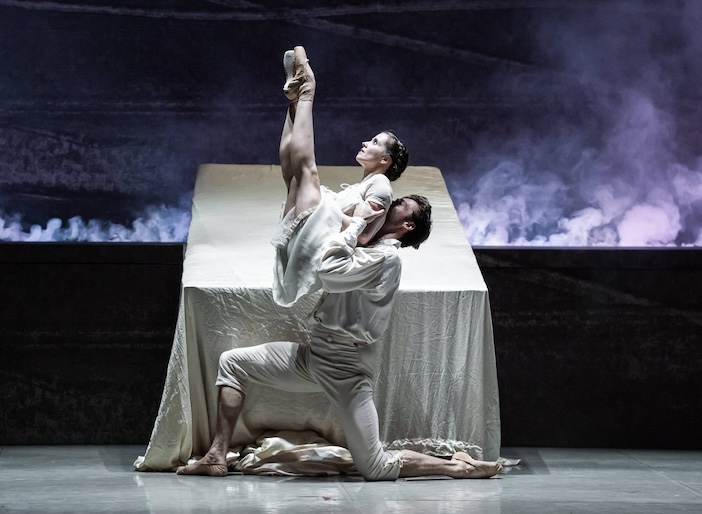
Dominique Larose and Joseph Taylor
Played by Joseph Taylor, he is not obviously the smouldering, troubled powder keg of the novel but he becomes a quite marvellous partner for Sarah Chun whether they are fencing around their feelings in the early scenes or in the later lusciously romantic duets. Chun herself is centre stage throughout – this is a tour de force of a role that she pulls off superbly. Disengaging from a final embrace with Rochester, she stands in a pool of light that fades to the final curtain – this is Jane’s story, after all.
Jane Eyre runs at Sadler’s Wells until 17th May. For more information, and for tickets, please visit www.sadlerswells.com.
Photos by Tristram Kenton and Emily Nuttall

